
I never think for a long time about the possible outcome because I always react to the moment, to the situation I am in. Again, as in painting, context is important to me; It gives authenticity.
"My grandfather Alfred Krupa Sr. MFA (19151989) introduced me to the fields of painting and photography even before starting primary school in the mid-1970s, and later it was definitely my father, Mladen Krupa mag. (1949), who also introduced me to film camera shooting.
When I say that, I react for a moment, then by that, I mean that a certain visual situation gives me a "window of opportunity" for some exploration of the fundamental compositional elements. In my own retrospective, I see that I approach photography similarly to my painting; I remain faithful to minimalism, reduction, synthesis, rhythm, and the game of perspective relations.
Of course, as I mentioned, I try to break away from my own creative 'comfort,' so these works also demonstrate significantly different approaches and moods. Finally, photography (if possible) must contain a level of symbolism, multilayered.
Freddy Krupa took his first photograph back in 1977 when he was five years old (The Zorki camera with the yellow dot for focus, March 6, 1977, 'Grandfather Alfred in front of the monument to the painter Vjekoslav Karas'), and he has been extensively studying photography since the mid-1980s. This interest intensified during his art studies at the Academy of Fine Arts in Zagreb in the early 1990s and continues today.
Krupa used various types of analog cameras (from a 120 mm folding camera via the Polaroid and a camera for the now non-existent cartridge-based 110 mm, to those for a classic 135 mm film). In addition, for years, he has been involved in photographs taken with a mobile phone(s).
This story is from the {{IssueName}} edition of {{MagazineName}}.
Start your 7-day Magzter GOLD free trial to access thousands of curated premium stories, and 9,000+ magazines and newspapers.
Already a subscriber ? Sign In
This story is from the {{IssueName}} edition of {{MagazineName}}.
Start your 7-day Magzter GOLD free trial to access thousands of curated premium stories, and 9,000+ magazines and newspapers.
Already a subscriber? Sign In

IN THE SHIPYARDS OF DHAKA
A very large shipyard in Dhaka is located on the Buriganga River's banks, directly across Dhaka's old city.
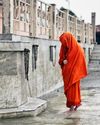
Aga Szydlik INDIA
A JOURNEY INTO THE LAND OF DIVERSITY, CULTURE, AND COLORS
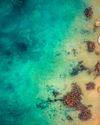
SEBASTIAN PIÓREK EXPLORING Enjoyable LANDSCAPE
I retrieved the idea of nature closely linked to the field of human feelings.
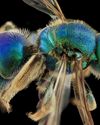
The Extreme Macro Photography of Bees
AN INTERVIEW SAM WITH, DROEGE
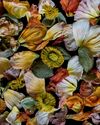
JEAN KAROTKIN GYMNOPEDIES
Gymnopédies, Karotkin's ongoing series of botanical portraits, takes its name from a trio of piano compositions by 19th-century French composer Erik Satie.
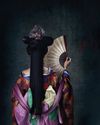
BUTTERFLIES IN LOVE WITH FLOWERS
I sometimes think Chinese art is not fully appreciated in the West. I was exposed to it growing up in Australia, although my fascination was more with calligraphy.
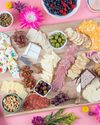
Lissa Hahn:
Hahn: HOW TO EVOKE A PAVLOVIAN RESPONSE IN HUMANS
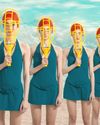
AN EXCLUSIVE INTERVIEW WITH ELENA PARASKEVA
Elena Paraskeva is an internationally acclaimed, award-winning Conceptual Photographer and Art Director and, most recently, an official ADOBE instructor.
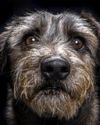
From a Living Hell to Heaven on Earth: the Inhumanity and Humanity of Humans
In a remote area of western Wisconsin, dogs and cats who otherwise would have ended up on death row are given a reprieve. They can now live out their lives in peace and comfort and with companionship at Home for Life (HFL), which was not afforded them outside the sanctuary's gates.
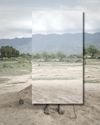
The Art of DISAPPEARING
In the classical proposal, indigenous people are usually the topic of discussion, but rarely do they have a hand in shaping it.